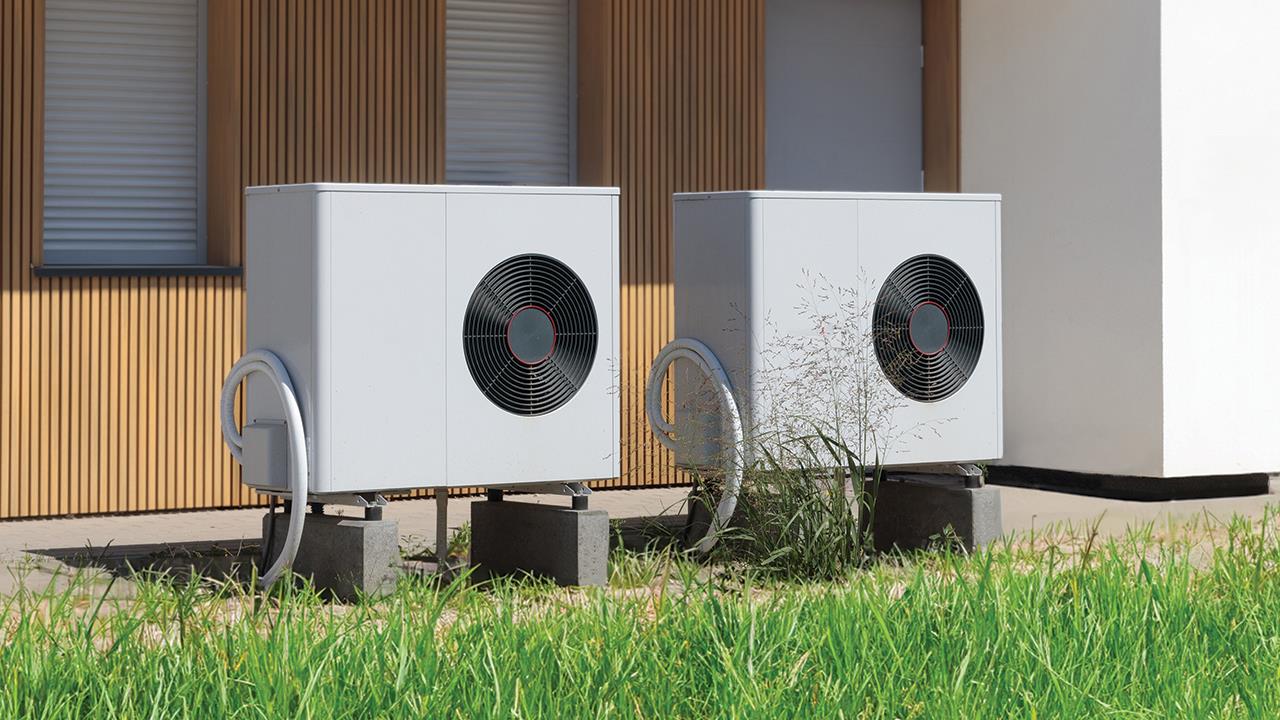

Home heating is responsible for 17% of our carbon emissions. Reducing these emissions will require an army of installers equipped with the skills and knowledge needed to fit low carbon heating technologies, such as heat pumps.
The people power just isn’t there to meet our installation targets or climate goals. It is estimated that we need to increase the number of heat pump installers in the UK from 2,000 to 50,000-100,000 if we are to have any hope of decarbonising our homes and meeting the government’s target of 600,000 heat pump installations per year by 2028.
There is clearly a gap in the market for heat pump installers, which represents an economic opportunity both for existing installers and those considering joining the profession.
It is time to put aside what you think you know about heat pumps and seize the financial opportunities that they and other low carbon technologies can present for you and your business.
Building the case for heat pumps
The Electrification of Heat Demonstration Project, funded by the Department for Energy Security and Net Zero (DESNZ), installed 742 heat pumps in homes from every style and era.
We have monitored these heat pumps alongside our delivery contractors Warmworks, E.ON, and OVO Energy, and can say with certainty that air source heat pumps (ASHPs) can operate with high efficiencies across a range of property types from all architectural eras – even when temperatures fall.
Putting heat pumps to the test
The efficiency of heat pumps is closely scrutinised by the industry and manufacturers of alternative heating equipment.
Our monitoring on the Demonstration Project found the median Seasonal Performance Factor (SPFH4) of ASHPs to be 2.78 (278%). This is up by 0.25-0.4 since the Renewable Heat Premium Payment scheme (RHPP) heat pump monitoring took place between 2011 and 2014, owing to improvements in the design of heat pumps in the last decade.
Critics of heat pumps will be quick to say that they do not work in cold weather conditions. This is simply untrue. At times, the recorded external temperature fell to below -10°C, and yet the heat pumps continued to keep homes warm, exhibiting efficiencies of 200% on average.
The median ASHP system efficiency across the range of homes tested was 2.27 on the coldest days of the year. It is evident that pumps continue operating with high efficiencies – providing the heat needed to keep householders comfortable in their homes – in a wide range of property types even in cold weather conditions.
You only need to look at Scandinavian countries, where heat pumps are dominant, to see the low temperatures are not a problem. If heat pumps can work in Sweden, they can work in Stoke.
And what of those homeowners or housing providers concerned about the need to deep retrofit a property? High temperature ASHPs (HT ASHPS) – capable of achieving flow temperatures of 60 to 80°C, similar to those of a gas boiler – could provide a possible solution. HT ASHPs performed with similar efficiencies to low temperature ASHPs.
Homeowners concerned about a possible fall in heating comfort can rest assured that a HT ASHP would keep them warm, even in the coldest winter months.
Heat pumps are the Marmite of the heating sector. Love them or hate them, they offer a massive economic opportunity for the installers set to install and service thousands of them over the coming years.
Talking to consumers
If you’ve taken the leap into heat pump installations but you are still unsure how to discuss the process with your customers, we have put together a guide, Heat pump talk – effective conversations between customers and installers throughout the heat pump installation journey.
This guide sets out the customer journey from the initial ‘enquiry stage’ through to the ‘post-installation stage’, and sheds light on the most frequently asked customer questions. Heat pump talk also provides example responses and follow up questions for heating professionals to discuss with their customers.
The market is growing
The total number of certified heat pump installations stands at 200,000, while that may seem small, 2023 saw a 19% increase in heat pump installations compared to 2022 – which was itself a record year. Year on year, heat pump demand is climbing. Consumers are looking for gas boiler alternatives and that will bring with it a spike in the demand for skilled installers.
Don’t get left behind in the green transition or swayed by notions that heat pumps do not work. They do. And you and your business can capitalise on the demand. There are no excuses!
If you'd like to keep up-to-date with the latest developments in the heating and plumbing industry, why not subscribe to our weekly newsletters? Just click the button below and you can ensure all the latest industry news and new product information lands in your inbox every week.